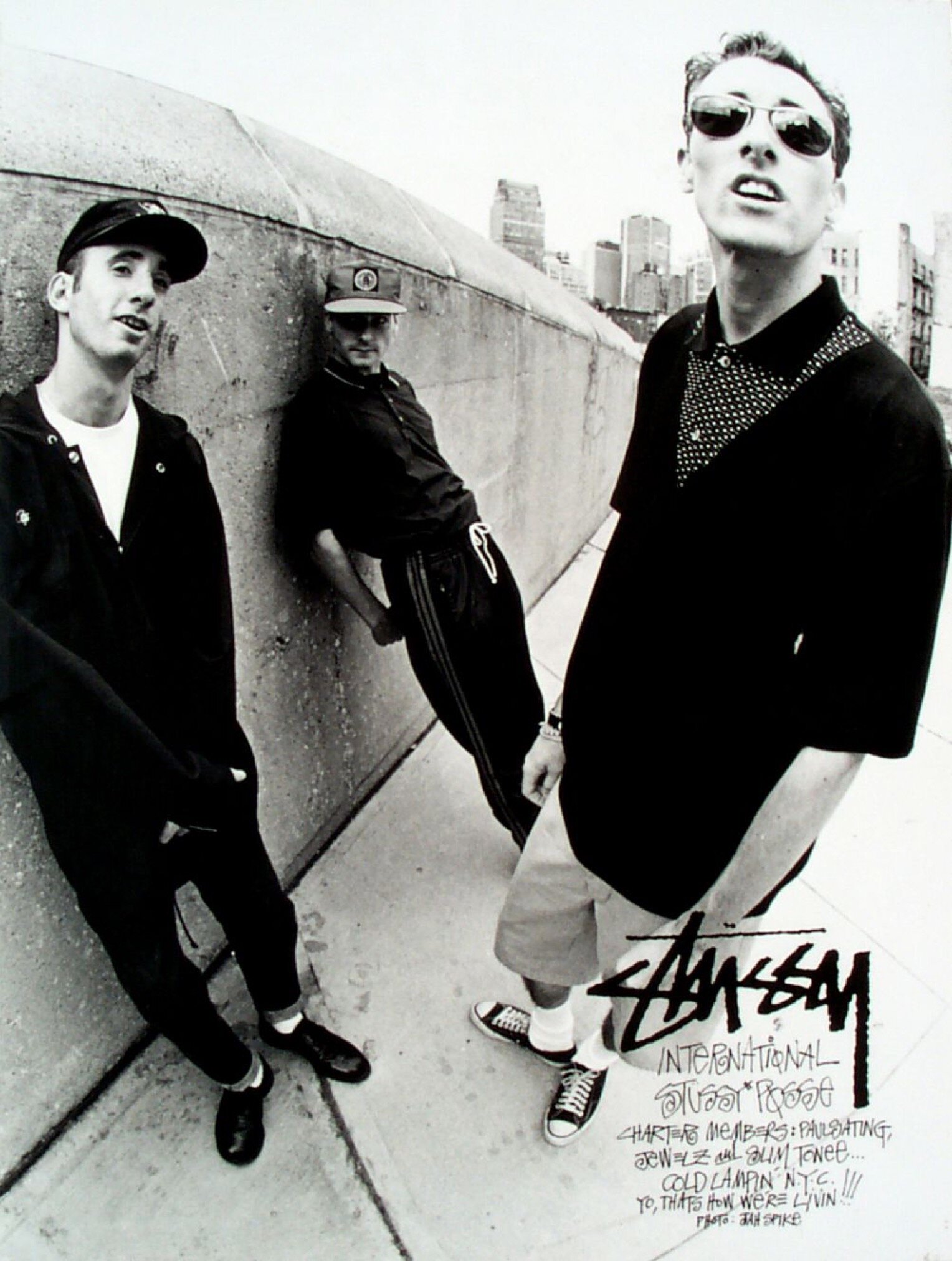CLASS - STREET CULTURE FROM BRASIL

In a world so heavily dominated by luxury collaborations and heritage brands, breaking through as an independent brand is as impossible as ever, even more so in Brazil.
CLASS has become entrenched in the Brazilian domestic streetwear scene over the last 6 years since its inception, regionally recognized for its diverse offering of high quality sportwear and streetwear garments. More recently the label has started to be picked up overseas, enjoying success at PIETRO, an Osaka based boutique store.
CLASS’ offering, while distinctly being their very own cultivated aesthetic, is built upon the same principles as other youthful, fun-loving streetwear brands. We see screen printed T-shirts, sports tracksuits and CLASS’ novel takes on the market tote and six panel cap. With striking imagery to match, the brand is a breath of fresh air and a new face in the scene, all while existing as a South American analogue to many streetwear staples.
Hey CLASS! Thanks for chatting to us. To someone that hasn’t encountered CLASS before, how would you define the brand?
Wassup friends, we appreciate the opportunity. So it's very complex for us to define CLASS in words, but let's try; CLASS is a skateboard / streetwear brand that aims to create high quality products. Making use of Brazilian aesthetics and influences, we want to break this global mentality that Brazil is just a happy and tropical country and expose the world to the deep, rich culture our nation holds.
Sabukaru’s outputs are largely focused on Japanese culture and clothing; while you’re in another continent, are there any parallels can you draw between the Brazilian and Japanese fashion bubbles?
One thing that has always intrigued us is the fact that large Japanese brands have emerged in Urahara through the exchange of ideas between local subcultures, creating a rich and fertile space for the creation of new brands, stores and everything in between.
Here in the city of Santo André something similar happens. The industrial city has always been a huge facilitator of subcultures and revolutions by workers. We believe that this atmosphere helped a lot in the creation of good brands and local skateshops.
Another similarity is the issue of high demand and small production, which ends up the generating a desire for the most exclusive pieces, creating a parallel market where they resell these pieces with a higher price; even though it is not our intention, it’s genuinely crazy.
How would you describe the local fashion scene in Brazil and Santo Andre?
The urban clothing scene in Brazil is quite diverse. Here, the term “streetwear” is elitist and does not match the cultural reality of the streets at all, let's try to explain. In Brazil, a unique style has developed in the peripheries, formed by light and practical clothes such as soccer jerseys, pseudo-luxury brands like Lacoste and even more utilitarian brands like Oakley, creating a unique and practical aesthetic for our climate and the world we occupy. But of course, this style does not take into only practicality, it inspires and is inspired by funk, an authentic Brazilian musical style, which tells the reality of the streets and favelas of Brazil.
We see an abundance of skate clips on your page – how integral is skate culture not only to CLASS as a young label, but to the Brazilian fashion scene as a whole?
Brazilian skateboard is one of the best in the world, contrary to all expectations, since the materials used are often of very poor quality, the boards are often composed of ivory, a second-line wood, the spots are extremely difficult to walk and are all incredibly rough, the ground is often full of holes. In short, skateboarding in Brazil develops in a very rudimentary way, which favors the creation of a unique style of skateboarding. Something very similar occurs with Brazilian football, where many times the best players in the world have developed in terrible conditions, shaping their skillsets in unique, disruptive ways.
Regarding aesthetics and fashion, CLASS has been associated with CPTMAFIA since its inception. CPTMAFIA is a Crew of Santo Andre, valuing skateboard history, taking inspiration from names like Gino Ianucci, Rodrigo TX and many others.
The skateboard culture of the 90s heavily influences the dress sense and personal style of the skaters of CLASS and CPTMAFIA, where thick and wide jeans are highly valued, regular size T-shirts and deconstructed caps make up the style for many.
Moving forward into a time that CLASS is becoming more globally established, have you got any aims with the brand that you haven’t achieved yet? Is the end goal to simply become celebrated globally as you are domestically, or is there a deeper mission?
We have several goals not achieved, the main one is the appreciation of skateboarding and Brazilian culture; we live in a third world country, which is of course hugely negative. However, these adversities make unique styles and attitudes flourish, which we believe to be particularly important for the development of a more individual aesthetic, leveraging what already exists and opening doors to a broader view of what streetwear is at its core.
Thank you a lot for your time.
About The Authors:
Samuel Le Roy is a 21-year-old chemistry graduate based east of London. At any moment he’s tapped into multiple subcultures with a particular interest in streetwear and fashion, Sam aims to travel to Tokyo to immerse himself in Japanese culture once completing his studies, and continue writing pieces like this.





